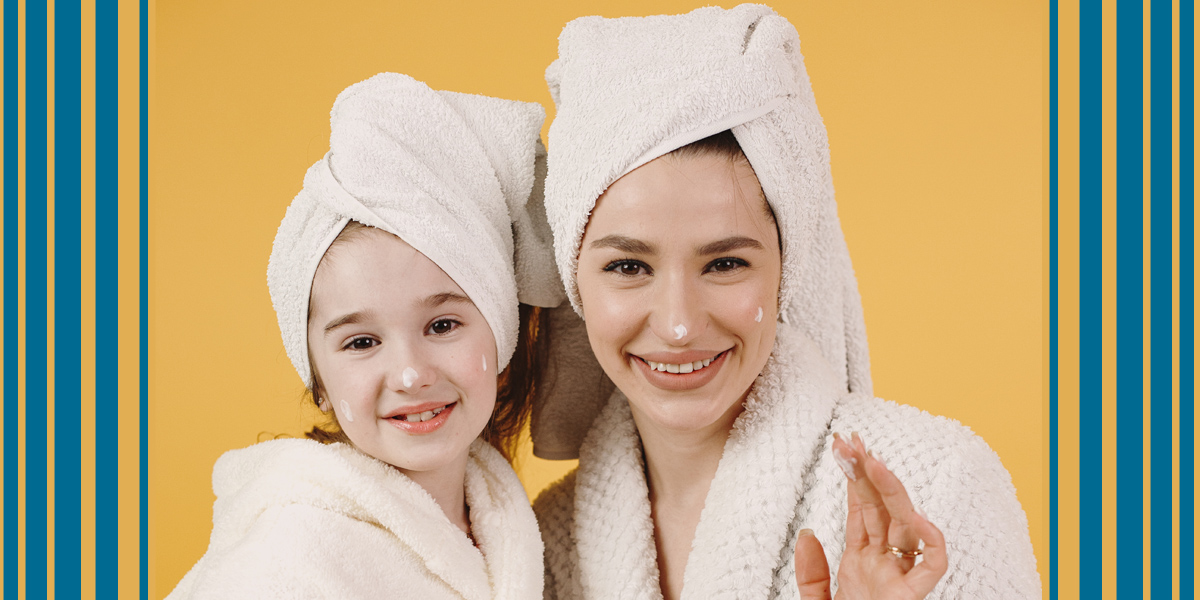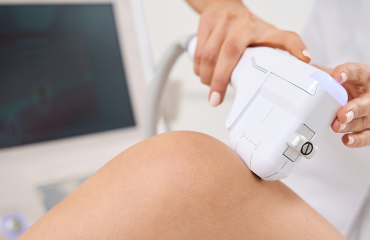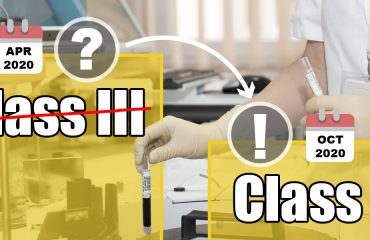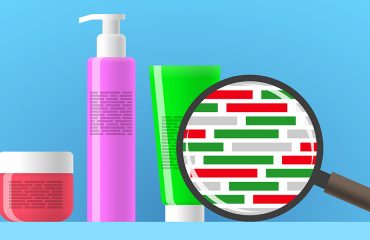Technical Guideline for Children’s Cosmetics standardizes and guides the registration and filing of children’s cosmetics in China. It seeks to ensure the safety of children’s use of cosmetics, in accordance with the CSAR, “Administrative Measures for the Registration and Filing of Cosmetics”, “Regulations on the Supervision and Administration of Children’s Cosmetics” and other relevant regulations and supporting documents. On April 11, 2022, the National Institutes for Food and Drug Control (NIFDC) announced that the National Medical Products Administration (NMPA) Department of Cosmetics Supervision and Administration of the Bureau drafted the “Technical Guidelines for Children’s Cosmetics (Draft for Comment)” (Annex 1) and the drafting instructions (Annex 2), which are now open to the public for comments. A feedback form (Appendix 3) is available for email submission to hzppjzx@nifdc.org.cn before April 28, 2022. Despite the short feedback time, children cosmetics manufacturers should review the draft regulation closely.
Technical Guideline for Children’s Cosmetics – Highlights
The text of the draft has 7 parts, including basic requirements for children’s cosmetics, product name and related information requirements, product formula and raw material use requirements, product implementation standard requirements, labelling requirements, product inspection report requirements, safety assessment report requirements, etc.
- Among the changes, it is the first time to clarify the safety assessment requirements for children’s cosmetics, that children’s cosmetics should not declare “high sunscreen”, 26 allergenic ingredients and fragrances should be marked, and the pH range of children’s cosmetics should be clarified.
The notice pointed out that the draft was drafted by the China Inspection Institute organized by the Cosmetics Supervision and NMPA to regulate and guide the registration and filing of children’s cosmetics and ensure the safety of children’s use of cosmetics. The deadline for comments is April 28. - The safety assessment requirements are more specific: the safety assessment of children’s cosmetics should comply with the principles and requirements of the “Technical Guidelines for Cosmetics Safety Assessment”, be exposure-oriented, and combine the physiological characteristics of children and the use method, site of use, amount of use, residues, etc. Exposure levels for safety assessments.
- Do not claim “high sun protection”: Children’s cosmetics must not claim “high sun protection”, and content that encourages sun exposure is not recommended.
- 26 kinds of allergenic ingredients should be used “with caution”: it is not recommended to use raw materials with complex ingredients that may contain 26 allergenic ingredients as aroma agents. If using flavors or fragrances containing 26 allergenic components, a full safety assessment should be carried out, and the content of allergenic components is greater than or equal to 0.001% in leave-on products and greater than or equal to 0.01% in rinse-off products should be marked on the label to inform consumers.
- In principle, the pH value should not be higher than 7.0: children’s cosmetics should set the pH value range (except for the dosage forms that cannot measure the pH value), and the pH value range should be 4.5~7.0 (including 4.5 and 7.0); Such as infant diaper area and product attributes (such as cleaning), and considering the stability of raw materials, if the pH value range is greater than 7.0 and less than or equal to 9.0, a scientific and reasonable explanation should be provided, and a sufficient safety assessment should be carried out.
- The toxicology report requires no irritation: the acute eye irritation/corrosion test results of children’s cosmetics should be non-irritating, the skin irritation/corrosion test results should be non-irritating, and the skin allergy test results should be non-sensitizing The results of skin phototoxicity test should be no phototoxicity.
- Imported products specially designed for the Chinese market are subject to stricter management: such cosmetics require stricter management because there are no related products on the market abroad, and at the same time need to consider children’s ethics.
In conclusion, manufacturers of children’s cosmetics in China should study closely the new guidelines to ensure they remain compliant with the regulations.
By Jeff Jiang. If you would like to learn more about our regulatory services for children cosmetics in China, or our registration and CRO services for general or special cosmetics, pharmaceuticals, medical devices, IVDs or other products, please contact Cisema.

 Deutsch
Deutsch  Italiano
Italiano  Français
Français  日本語
日本語  한국어
한국어 



